Habitat
Distribution:
Scarlet Macaws are native to Central and South America, ranging from Mexico to the Amazon Basin in Brazil and Peru.
Environment:
They inhabit tropical rainforests, lowland forests, and areas near rivers. They prefer tall trees where they can nest and forage. In captivity, they require a spacious aviary or large cage with plenty of room for flying, climbing, and playing.
Diet
Primary Food:
In the wild, their diet consists mainly of fruits, nuts, seeds, and berries. They are also known to eat flowers and leaves.
Captivity Diet:
In captivity, they should be provided with a balanced diet of high-quality pellets, fresh fruits, vegetables, nuts, and seeds. Fresh water should always be available.
Feeding Behavior:
Scarlet Macaws are active and intelligent foragers. They use their strong beaks to crack open nuts and seeds and enjoy exploring their environment for food.
Breeding
Breeding Season:
In the wild, the breeding season typically occurs during the dry season, varying by region.
Nest Location:
They nest in tree cavities high above the ground, often reusing the same site year after year. In captivity, a large nest box with suitable bedding is essential.
Egg Quantity:
Clutches usually consist of 2 to 4 eggs.
Incubation Period:
The incubation period lasts about 24 to 28 days.
Fledging:
Chicks fledge approximately 12 to 14 weeks after hatching.
Lifespan
In the Wild:
Scarlet Macaws can live up to 40 to 50 years in their natural habitat.
In Captivity:
With proper care, they can live up to 50 to 70 years or more.
Behavior
Temperament:
Scarlet Macaws are known for their intelligence, curiosity, and strong personalities. They are social birds that bond closely with their caregivers but require experienced handling due to their size and strength.
Social Interaction:
They thrive on social interaction and mental stimulation. They enjoy playing with toys, learning tricks, and spending time with their caregivers. They can be affectionate but also require consistent training and boundaries.
Vocalization:
Scarlet Macaws are very vocal, capable of producing loud calls and mimicking sounds. Their vocalizations can be heard over long distances in the wild.
 Blue Star Finch
1 × ₨ 20,000
Blue Star Finch
1 × ₨ 20,000 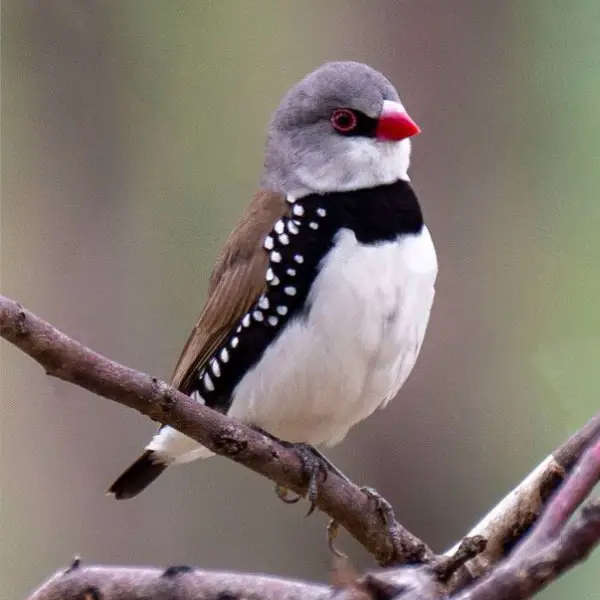 Gray Diamond Firetail Finch
1 × ₨ 20,000
Gray Diamond Firetail Finch
1 × ₨ 20,000  Zebra Finch
1 × ₨ 1,500
Zebra Finch
1 × ₨ 1,500  Zebra Dove
1 × ₨ 15,000
Zebra Dove
1 × ₨ 15,000 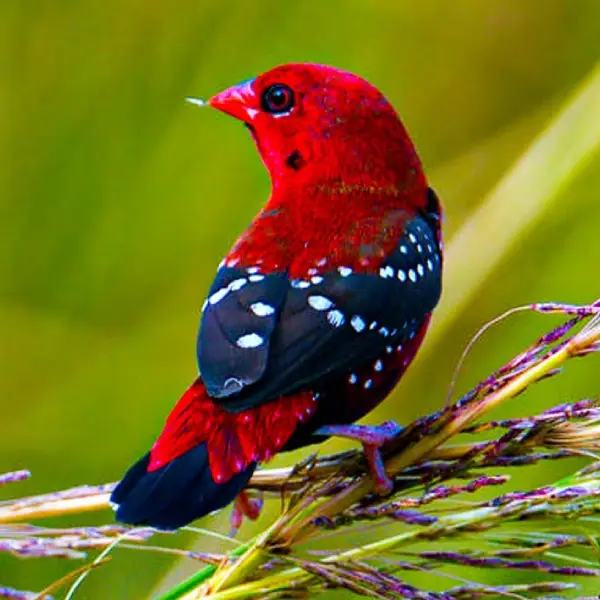 Strawberry Finch
1 × ₨ 3,500
Strawberry Finch
1 × ₨ 3,500 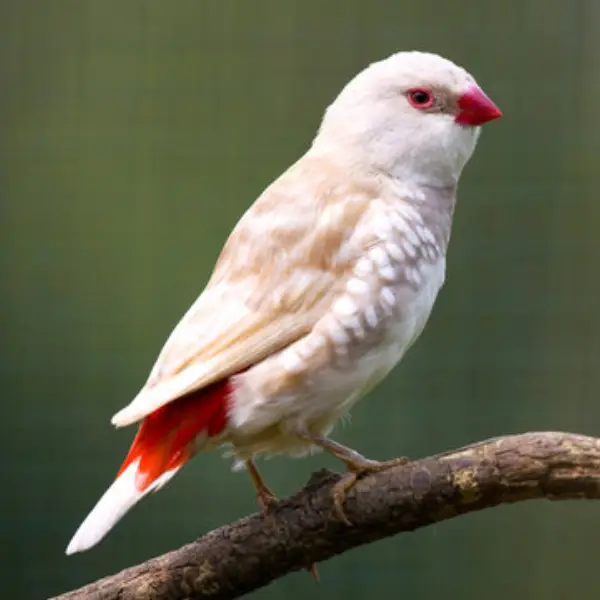 Silver Diamond Firetail Finch
1 × ₨ 25,000
Silver Diamond Firetail Finch
1 × ₨ 25,000 

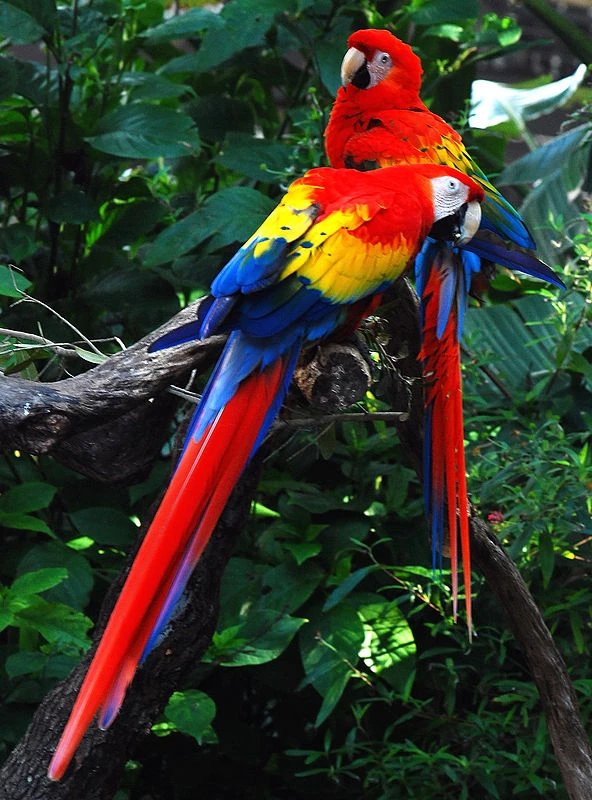
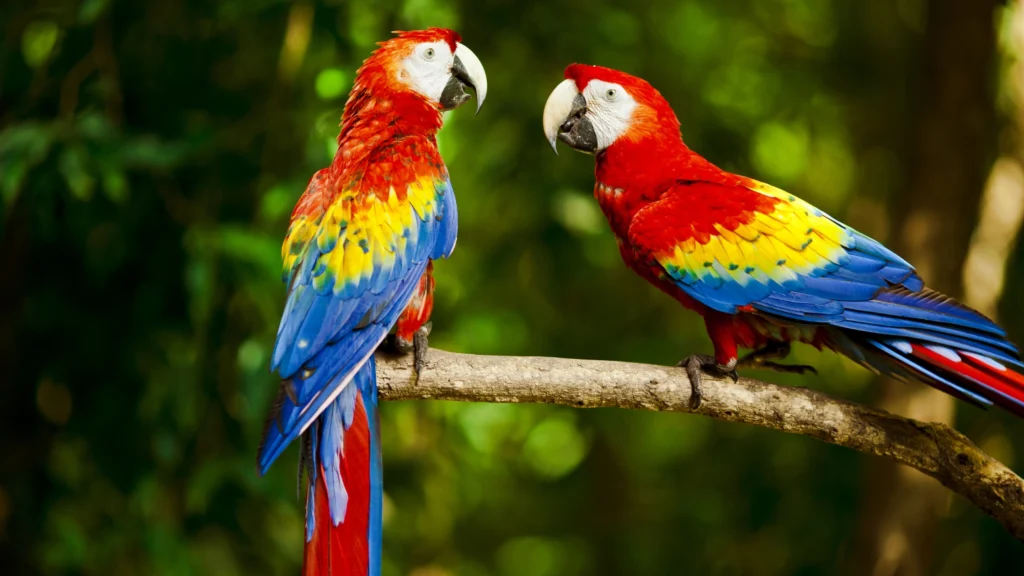

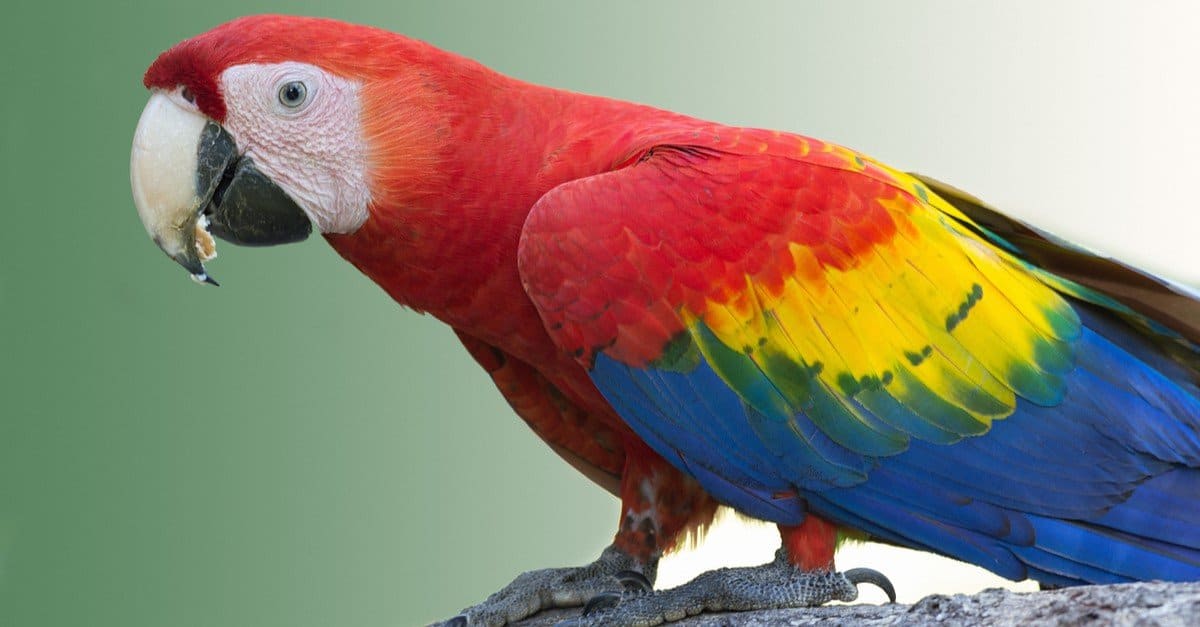
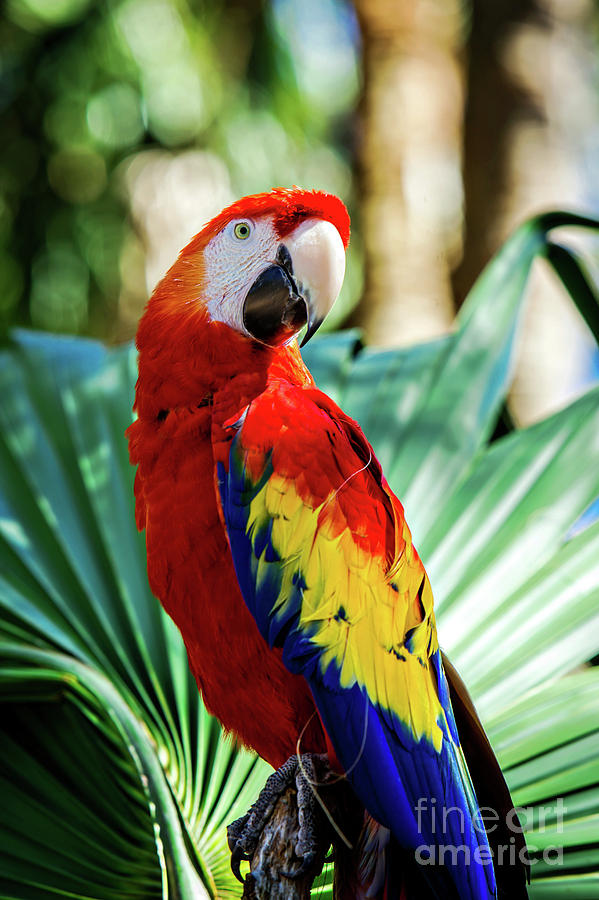
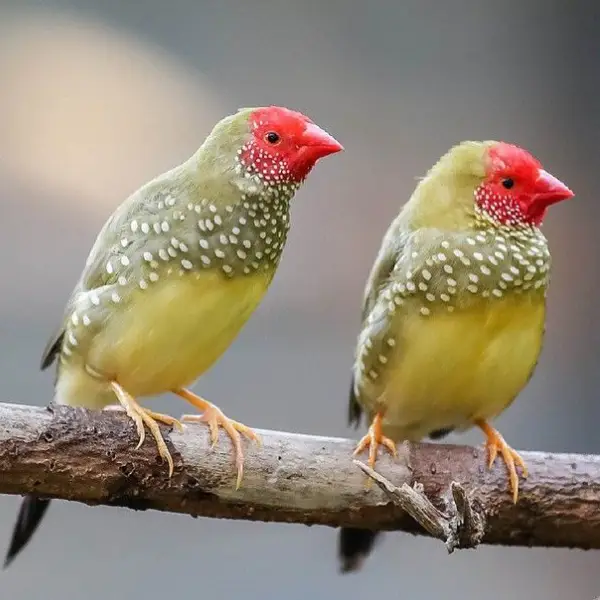

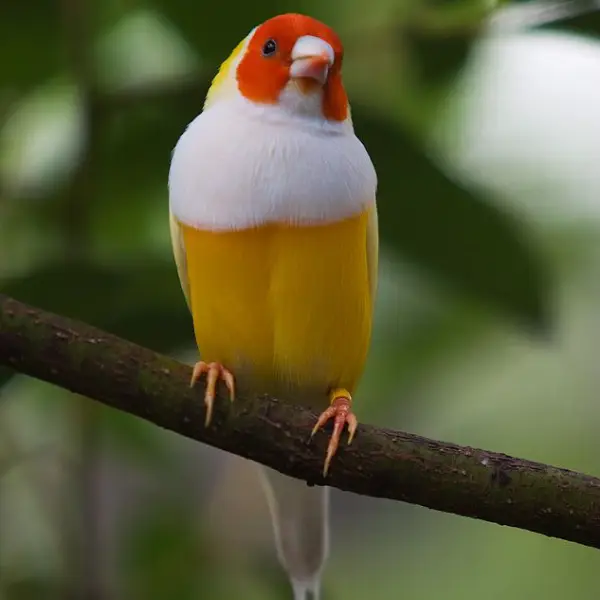
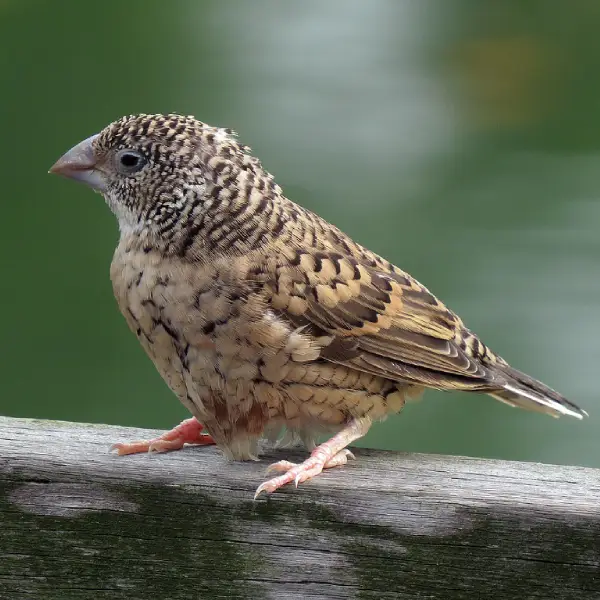


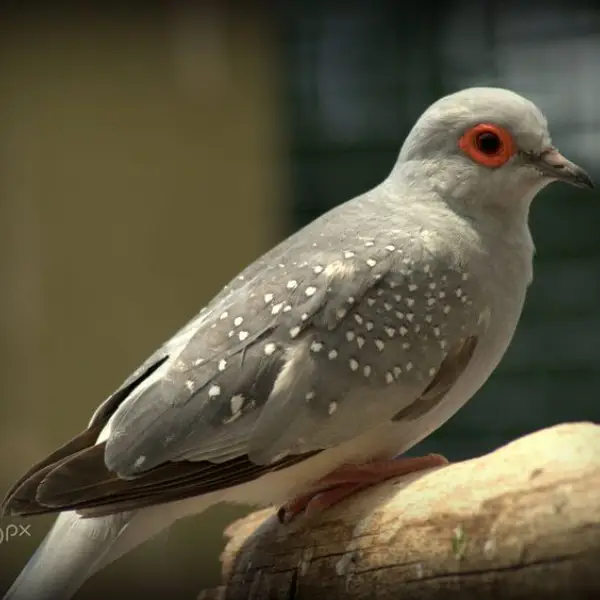

Reviews
There are no reviews yet.